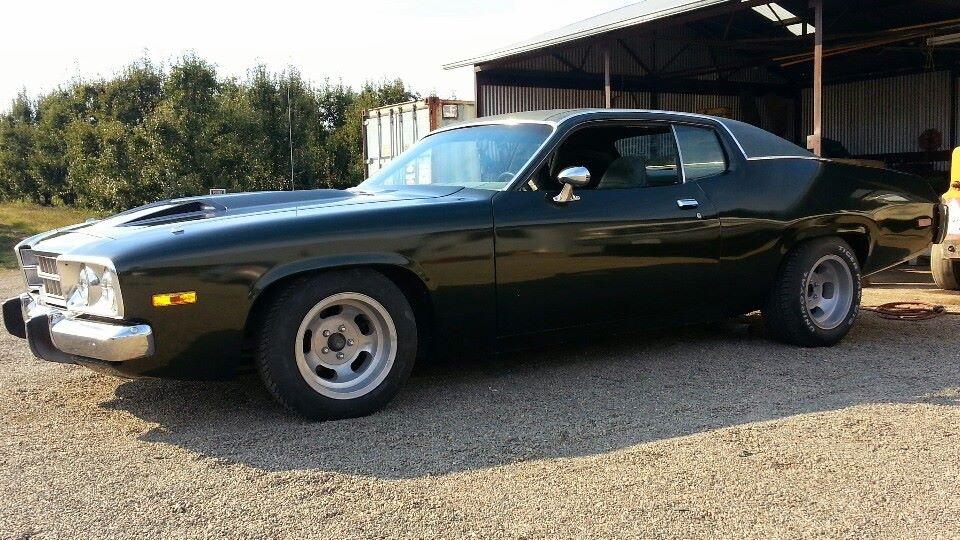Your Legal Resource
1973 Plymouth Satellite Sebring
The 1973 ReStyle: The essential body was given new front and back covers and restyle quarter boards while holding the rooftop line and fundamental entryway, trunk, and hood dimensions. Plymouth accurately recognized a developing pattern towards agreeable intermediates as a feature of the arising "individual vehicle" market related with Grand Prix, Monte Carlo, Thunderbird, and others. The Barracuda model endeavored to deal with this with the Gran Coupe yet failed because of the all-around more smoking than BBQ sauce picture of that model from the 1960s. The Satellite then again, was ideal for a move toward this path. It was adequately long to convey additional travelers and had a large enough trunk for baggage. There were cars and station cart models also which the Barracuda didn't have. Since the Roadrunner was a contracting market the choice was made to extend the Satellite reach and hold the elite things for Roadrunner. One final choice was made to drop the GTX as a model and overlap it into the Roadrunner as a major bore motor bundle.
The model accessibility was; Satellite, Satellite Custom, Satellite Sebring, Sebring Plus, and Roadrunner. The Roadrunner wasn't the top-notch trim model. It was super surrendered by the upscale Sebring Plus. Sebring Plus gave the purchaser a vinyl rooftop, extraordinary pinstripes, all vinyl container seats, additional sound protection, a couple of inclining belt moldings, and Sebring Plus tokens. A decision between the 318 two-barrel V8 or Slant Six motors with three-speed section shift manual transmissions was accessible. On the off chance that you needed you could get the parted seat material and vinyl seat with an armrest at no additional expense rather than buckets. The fascinating note here is the standard Sebring Plus all vinyl can inside was an additional expense on the Roadrunner.
The Roadrunner accompanied the 318 double exhaust motor and three-speed floor shift manual transmission was standard issue. Chrome-plated exhaust tips were incorporated. A material and vinyl seat was the standard inside with all vinyl cans additional expense. Other standard treats included; fold over rooftop and sailboard decal, Rallye wheels, power swell hood, rock-solid springs, 83/4 pivot with 3.21 proportion, Rallye run, signal blare horn, Roadrunner symbols, and ornamentation. ultimately the inside was seat material and vinyl.
The GTX choice: Starting in 1973, the GTX turned into a 440 four-barrel choice for the Roadrunner model. You got GTX decals on the storage compartment top deck and force arch hood, the 440 four-barrel motors were combined with a 727 Torqueflite programmed. No four-speed or three-speed manuals were accessible with a 440. The 440 four-barrel motor was just accessible on the Plymouth Roadrunner in the two-entryway hardtop body. You were unable to get this in a Satellite or Sebring model. The creation of the 1973 GTX was low at 749 vehicles. It was not referenced in the 1973 brochure, but only in the sales catalog.
Links:
- 1973 Plymouth Satellite Classic Cars for Sale
- 1973 Plymouth Satellite Sebring: This might be the savings bond of 1970s car investments
